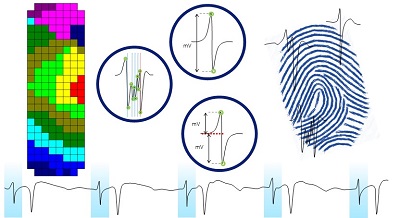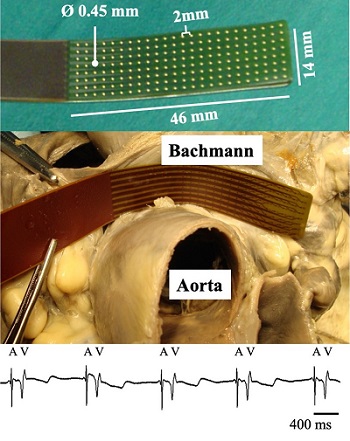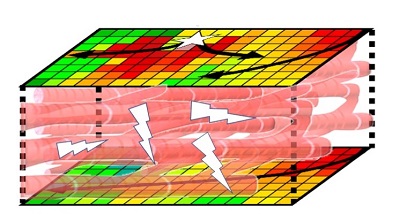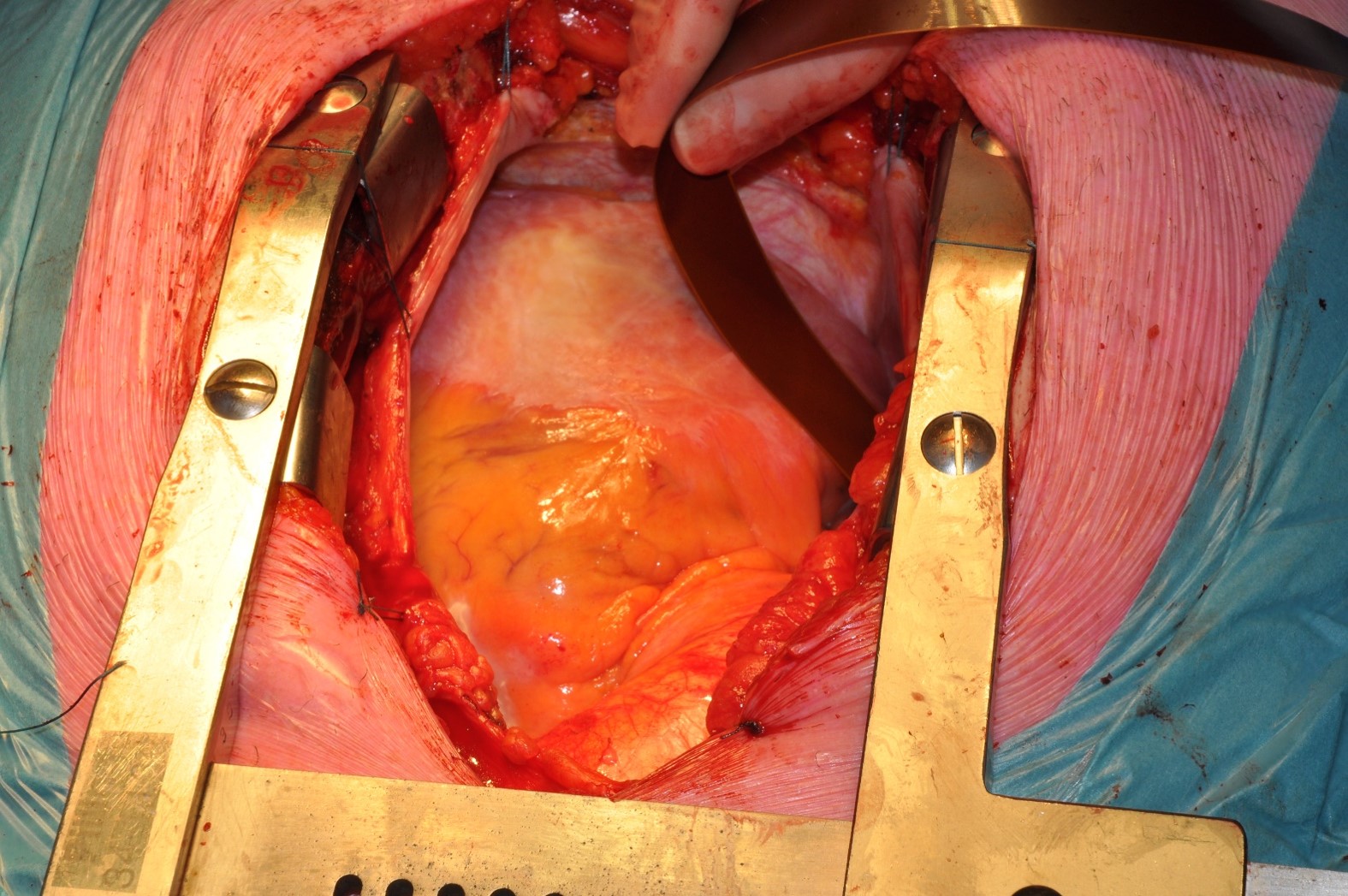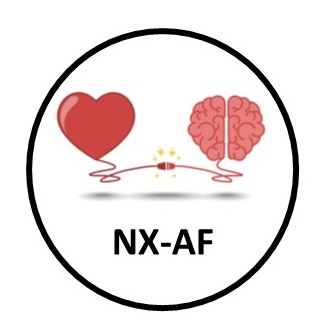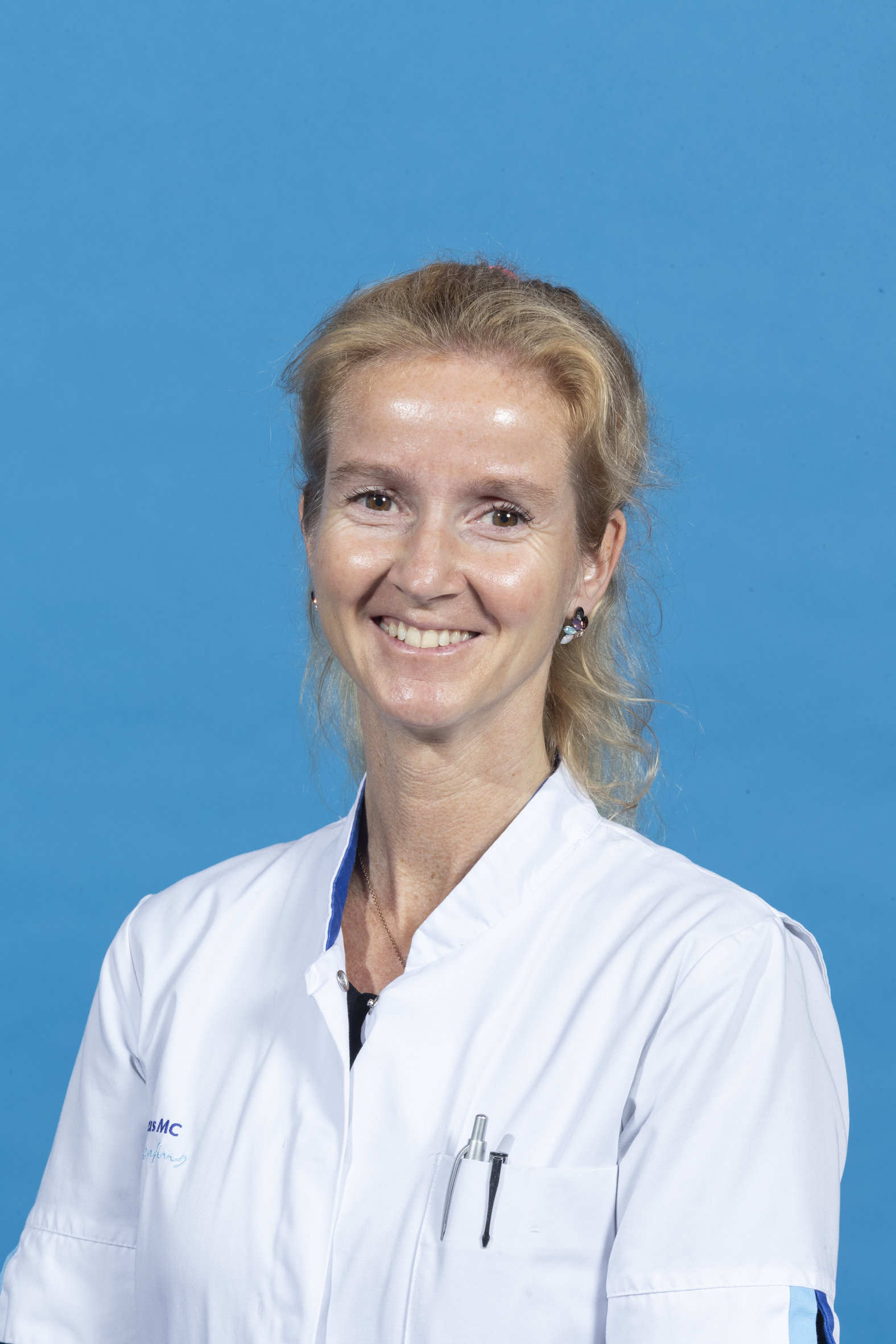About our research group/lab
Our research
General aims:
- Design and test novel bio-electrical diagnostic tools.
- Unravel arrhythmia-related electropathology.
- Design and test novel therapies targeting electropathology.
Our strategy to achieve these goals is to unravel and measure electropathology by:
Pillar I: designing advanced (non-), (minimally)- invasive signal-recording techniques
Pillar II: designing advanced signal-processing techniques.
Pillar III: performing mapping studies in cell or tissue cultures, animal models and patients with various diseases.
Pillar IV: dissection of molecular pathways of structural remodelling underlying cardiac arrhythmias.
Innovative scientific contributions include:
- Discovery of novel mechanisms underlying persistence of AF.
- Introduction endovascular mapping approach guiding ablative therapy of atrialtachyarrhythmias in patients with congenital heart disease.
- Development of a novel, intra- operative epicardial mapping approach.
Quest of the arrhythmogenic substrate of atrial fibrillation
We developed a novel, intra-operative mapping approach to quantify electrical properties of the entire epicardial surface of the right and left atrium including Bachmann’s bundle at a high resolution scale (2mm, >1900 sites). The purpose of this approach is to accurately identify and localize electropathology associated with AF in patients with varying underlying heart diseases. By applying this technique, we can investigate features, severity and extensiveness of electropathology in the individual patient during any rhythm. This technology is the golden standard for development of less (endovascular) or even non-invasive measurements.
Atrial Fibrillation FIngerPrinting: Spotting Bio-Electrical Markers to Early Recognize Atrial Fibrillation by the Use of a Bottom-Up Approach (AFFIP)
Early treatment of atrial fibrillation (AF) is hampered by lack of accurate diagnostic instruments to recognize patients who will develop AF. Our goal is to develop age and gender based, bio-electrical diagnostic tests, consisting of electrical signal profiles and levels of atrial specific tissue/blood biomarkers. This novel diagnostic instrument can be used for early recognition of AF by determination of stage of the electropathology. As such, AF Fingerprinting enables optimal AF treatment, thereby improving patient’s outcome.
DANARA: Dysrhythmias in pAtients with CongeNital HeARt DiseAse
The incidence of dysrhythmias in patients with congenital heart defects after palliative or corrective cardiac surgery is higher compared to subjects with normal atrial anatomy without prior cardiac surgery. The aim of our (international, multi-center) studies is to examine characteristics of cardiac dysrhythmias over time in patients with congenital heart defects by studying clinical presentation, electrocardiographic and electrophysiological characteristics of atrial and ventricular tachyarrhythmia over time in a cohort of patients with congenital heart defects. In addition, innovative mapping studies in this patient group are performed to investigate the pathophysiology of dysrhythmias.
Our projects
Alarica:
Alterations of Atrial Anatomy In Patients with Atrial Tachy Arrhythmias Examined by Computed Tomography
AMOR:
RotterdAm rhythM monitORing
Danara:
Dysrhythmias in patients with congenital Heart Disease
E-Morphosis:
Identification of Electrograms Morphology associated with persistence of AF
Eliminate-AF:
Electrical biomarkers guided individualized diagnosis and therapy of AF
Encoder:
Evaluation of cardiogenetic disease and effectiveness of screening
FAF:
Familial Atrial Fibrillation
Glutaminimize:
Glutamine Suppletion Minimizes the Atrial Fibrillation Burden
PacePaF:
Programmed Atrial Stimulation to Characterize Persistent Atrial Fibrillation
QUASAR:
QUest for the Arrhythmogenic Substrate of Atrial FibRillation
REVIVE:
Role of protein quality control in aging of the heart: towards recovery of cardiomyocyte damage and REVIVal of heart function in patiEnts with atrial fibrillation.
Key Publications
- de Groot, NMS, van der Does LJ, Yaksh A, Lanters EA, Teuwen CP, Knops P, van de Woestijne PC, Bekkers JA, Kik C, Bogers AJ, Allessie MA. Direct Proof of Endo-Epicardial Asynchrony of the Atrial Wall During Atrial Fibrillation in Humans. Circ AE, 2016.
- Mouws EMJP, Kik C, van der Does LJME, Lanters EAH, Teuwen CP, Knops P, Bogers AJJC, de Groot NMS. Novel insights in the activation patterns at the pulmonary vein area.
- Teuwen CP, Kik C, van der Does LJME, Lanters EAH, Knops P, Mouws EMJP, Bogers AJJC, de Groot NMS. Quantification of the arrhythmogenic effects of spontaneous atrial extrasystole using high resolution epicardial mapping. Circ AE, 2018.
- Mouws EMJP, Lanters EAH, Teuwen CP, van der Does LJME, Kik C, Knops P, Bekkers JA, Bogers AJJC, de Groot NMS. Epicardial Breakthrough Waves During Sinus Rhythm: Depiction of the Arrhythmogenic Substrate? Circ AE, 2017.
- van der Does LJ, de Groot NM. Inhomogeneity and complexity in defining fractionated electrograms. Heart Rhythm. 2017.
Collaborations
Internal collaborations
Erasmus MC departments of cardiothoracic surgery, neurology, pediatric cardiology, epidemiology and hematology.
External collaborations


Circuits and Systems Group, fac. of Electrical Engineering, Mathematics and Informatics

Circuits and Systems Group, fac. of Electrical Engineering, Mathematics and Informatics

Department of Electronic & Electrical Engineering, fac. of Electrical Engineering, Mathematics and Informatics
Funding & Grants

2019 Medical Delta
2019 Atrial Fibrillation Innovation Foundation
2018 Coolstichting Singel
2017 VIDI
2016 CVON grant (NHS-STW)
2014 EU LSH-impulse grant
2013 Coolsingel Foundation
2013 Thorax Foundation
2011 Dutch Heart Foundation, Jr Staff member
2010 Erasmus MC fellowshipCareer opportunities
Our team
Maarten Roos, PhD.
Paul Knops, Ir.
PhDs:
Ahmed Ragab, MD.
Annejet Heida, MD.
Bahareh Abdikivanani, Ir.
Charlotte Houck, MD.
Corina Serban, MD.
Christophe Teuwen, MD.
Danny Veen, MSc.
Eliene Starreveld, MSc.
Eva Lanters, MD.
Gustaf Sitorius, MD.
Kennedy Silva Ramos, MD.
Lianne van Staveren, MD.
Lisette van der Does, MD.
Mathijs van Schie, MSc.
Miao Sun, MSc.
Rohit Kharbanda, MD.
Samprajani Rout, Ir.
Willemijn van der Does, MD.
Student Team:
Kyra Musters
Tim van der Zalm
Zoe Keuning
Guus Twigt
Laura Onkenhout
